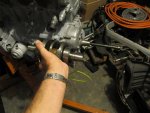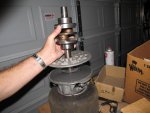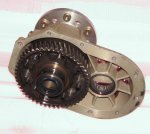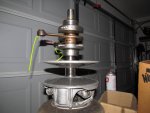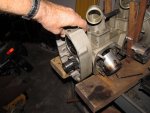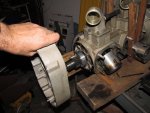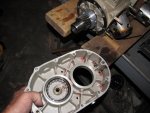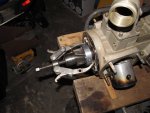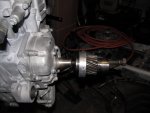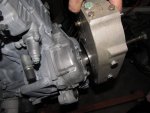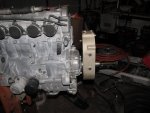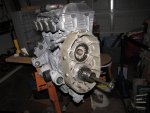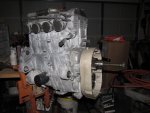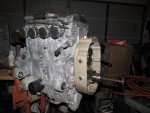Arnie Madsen
Member
- Joined
- Mar 14, 2007
- Messages
- 4,351
- Aircraft
- Bell 47 G2
In case the link does not work for everybody , I stole this from the guys at the helicopter forum. They are a pretty good bunch and probably won't mind. It is a note from the belt manufacturer. Hopefully it provides some useful info here.
From the pictures you provided the failure to belt was almost certainly caused by a “crimp” in the tensile cords. This mode of failure is characterized by the uniform break line which extends across the entire width of the belt. The causes of a “crimp” failure are as follows:
Mishandling of the belt: A mishandled belt in which the handler bends the belt to a smaller radius then the recommended minimum pulley radius will damage the tensile cords across the width where the belt was bent, weakening the belt strength and ultimately resulting in tensile cord failure. This is a common problem because it’s very easy to mishandle a belt without awareness of any wrong doing. All it takes is one small bend to damage the tensile cords and promote instantaneous failure. The best way to avoid this would be to leave the belt in the box it came in until it’s ready to be installed. This will reduce the risk of anybody getting their hands on the belt who does not know the proper way to handle it.
Sub-minimal sprocket diameter: This is the same affect as mishandling the belt. If the belt is bent to a smaller then recommended radius the tensile member can be damaged resulting in tensile cord failure.
Inadequate belt installation tension: If a belt is undertensioned enough to make the belt start ratcheting over the sprocket teeth, the movement of the belt climbing over the teeth then quickly sitting down in the adjacent groove can cause an instantaneous crimp in the belt, resulting in tensile cord failure.
Entry of foreign objects within the belt drive: This will cause the same affect as inadequate belt installation tension. If a foreign object gets stuck between the pulley groove and belt, it can cause the belt to jump up and down very fast, resulting in an instantaneous crimp and tensile cord failure
I noticed from the pictures you sent me there is a small nick running down the center of the belt (see attached picture). It’s possible that the mark was caused by a foreign object which was caught between the belt and sprocket, causing the belt to jump up and crimp, as described above. If this was not the case, the belt was still most certainly caused from crimp failure.


